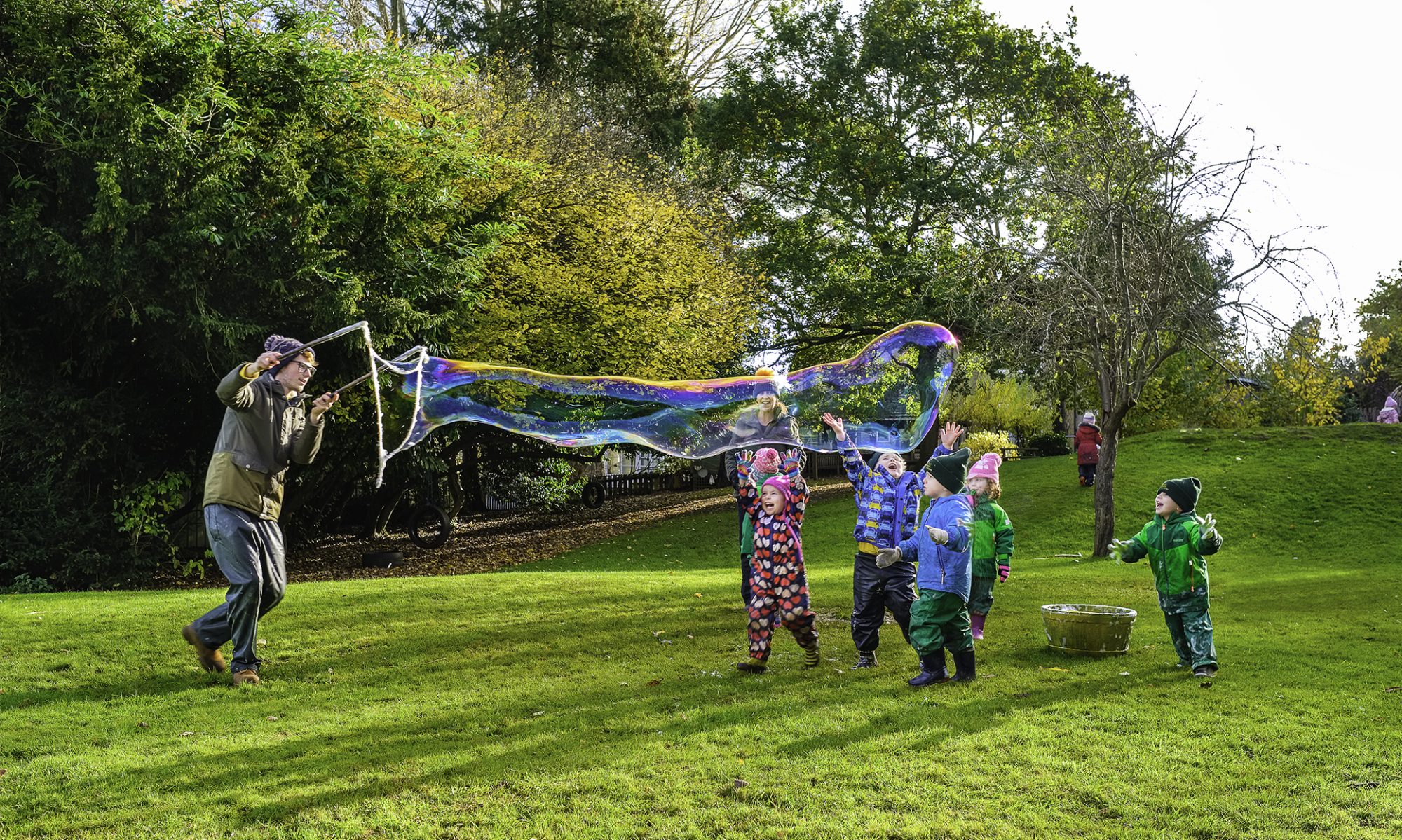This content is restricted to site members. If you are an existing user, please log in. New users may register below.
This day is to celebrate your unique talent. A day to embrace your odd or special skill and share it with your friends and family. Your unique talent might involve art, sports, strange noises, or double-joints. It doesn’t matter what it is, but we all have one!
So seize today as an opportunity to showcase your skill with a talent show or contest and wow your everyone with your unique ability!
Also known as Chanukah or the Festival of Lights, the festival of Hanukkah is a major Jewish festival.
Nowadays, Hanukkah features the tradition of lighting a special Hanukkah menorah with nine branches, lighting a new candle each night of Hanukkah. The menorah has a ninth candle (the ‘shamash’) which is used to light the other candles.
Commemorating the miracle of the burning lamp, it is traditional to eat foods fried in oil, such as potato latke pancakes or doughnuts. Other customs include spinning a top with Hebrew letters on the sides known as the dreidel (pictured above), and giving money to children. Chocolate coins or gelt (Yiddish for money) wrapped in gold and silver are exchanged at Hanukkah.

St. Andrew’s Day is celebrated annually on November 30th, as this is the generally accepted date of St. Andrew’s death.
St. Andrew’s Day is the feast day of Saint Andrew.
The day is celebrated annually on November 30th, as this is the generally accepted date of St. Andrew’s death in 60 AD.
St. Andrew’s Day (‘Là Naomh Anndrais’ in Scottish Gaelic) is Scotland’s National Day.
In 2006, the Scottish Parliament designated St. Andrew’s Day as an official bank holiday, but banks are not required to close and it is left to employers to decide whether to give their staff a day off. Employers are not required by law to give employees a holiday on the St. Andrew’s Day bank holiday.
Since 2002, the Saltire or Saint Andrew’s Cross (Scotland’s flag since 1521) must be flown from all Scottish Government buildings with a flagpole

Save The Children Christmas Jumper Day is on Friday 10 December, Jumpers are welcomed all week too. We’d like to see parents in their jumpers too! Don’t forget to name the jumpers.

Celebrating the Christian saint who sold everything he owned to give money to the poor, St. Nicholas Day, also known as the Feast of St. Nicholas, is observed on December 6th and is celebrated throughout much of northern Europe.
Traditions include leaving small gifts and treats in shoes. While still considered a different entity than our modern-day Santa Claus, many of the traditions of Santa originated with the legends of St. Nicholas.
Saint Nicholas was a Greek Bishop of Myra (now part of modern-day Turkey) in the fourth century. Nicholas was born to wealthy parents who died in an epidemic while he was still young. A devout Christian, he gave his inheritance to the poor and needy, gaining a reputation for secret gift-giving.

For six months now, the days have grown shorter and the nights have grown longer in the Northern Hemisphere – but that’s about to reverse itself. The winter solstice marks the shortest day of the year in the Northern Hemisphere when the sun appears at its most southerly position, directly overhead at the faraway Tropic of Capricorn.Winter solstice traditions and celebrations
It’s no surprise many cultures and religions celebrate a holiday — whether it be Christmas, Hanukkah, Kwanzaa or pagan festivals — that coincides with the return of longer days.
Ancient peoples whose survival depended on a precise knowledge of seasonal cycles marked this first day of winter with elaborate ceremonies and celebrations. Spiritually, these celebrations symbolize the opportunity for renewal, a shedding of bad habits and negative feelings and an embracing of hope amid darkness as the days once again begin to grow longer.
Many of the ancient symbols and ceremonies of the winter solstice live on today.

Early Nursery closure for parents evening. Children can only be booked in advance to attend between these times one to two weeks in advance or late charges will apply.
Come along and meet the team, tour the nursery rooms and garden and catch up with nursery practitioners about your child’s care and education.
The NDN Children and Staff have their Christmas Lunch together.
 History of Christmas Eve
History of Christmas Eve
Christmas Eve marks the culmination of the Advent period before Christmas that started on the fourth Sunday before Christmas Eve. Many churches will mark the end of Advent with midnight church services.
In Latin America, Christmas Eve marks the end of a nine-day period before Christmas, called ‘Las Posandas’ which represents the none months of labour for the Virgin Mary before she gave birth to Jesus.
Christmas Eve Traditions
Gifts
On the night of Christmas Eve, children around the world will leave food and drink for whoever will come to their house and bring them presents. Who this is, depends on what part of the world you live. It might be Santa Claus or Father Christmas; but in Switzerland, it will be the Christchild who delivers the presents. In Denmark, it’s the Christmas elf; in Sweden, it’ll be a small man and in Finland, it’ll be the Christmas goat!
In Latvia, the custom is that you can open the presents under the Christmas Tree after the Christmas Eve dinner, with a slight twist – before you take your gift, you’ll have to recite a small poem.
Candles
A unique tradition of Christmas decoration in Ireland is a large white candle which is placed at the entrance of the house or in a window. This candle is lit by the youngest child on Christmas Eve. This is a symbol to welcome the Holy Family and the candle can only be extinguished by a girl or a woman named Mary.

